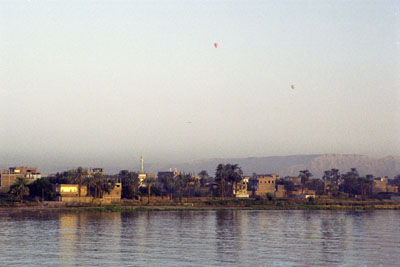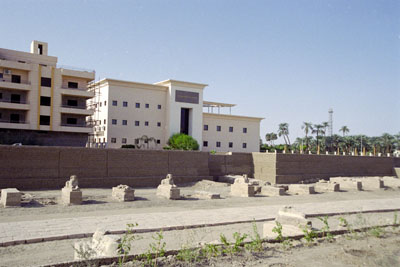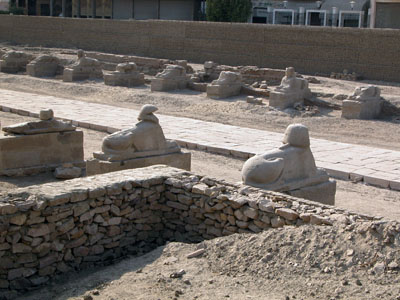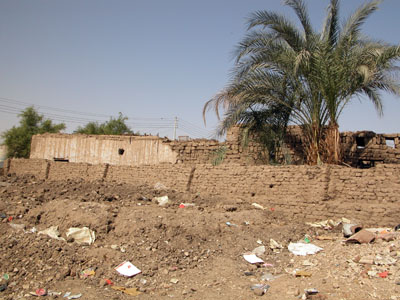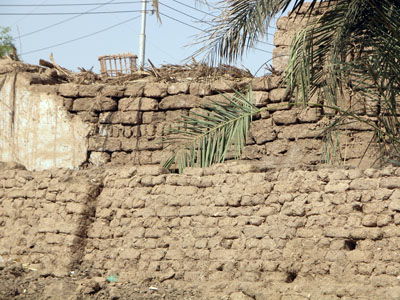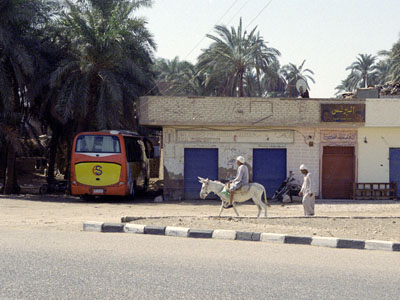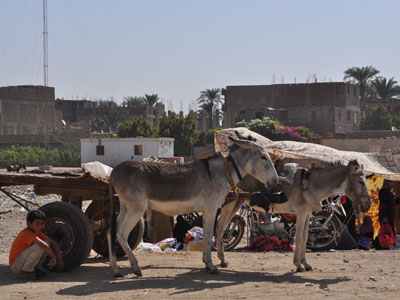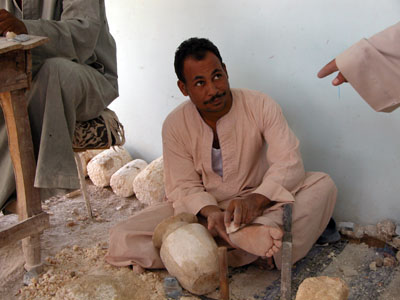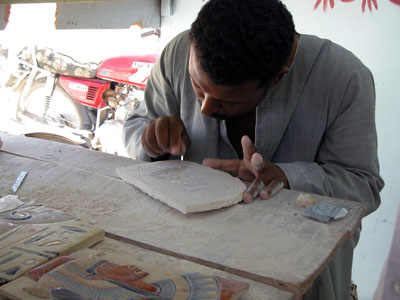For roughly 1000 years during Egypt's middle and new kingdoms, Thebes - the modern day city of Luxor - Was Egypt's political and religious capitol. It was one of the world's wealthiest and most powerful cities. By the beginning of the first millennium BC, Egypt's (and Luxor's) power was waning. Early Christians built churches within the walls of the once mighty temples and the city was sacked by the Persians in the seventh century. It was the Persians who gave it the name Al-Uqsur, (the Fortification), which later became Luxor.
What is left behind from the glory days of Egypt amounts to nothing less than a gigantic open air museum. Luxor is home to The Valley of the Kings, Valley of the Queen's, the Karnak and luxor temple complexes, as well as the Colossi of Memnon, the Avenue of the Sphinxes and who knows how many other more "minor" ruins. It is a town where a building less than 3,000 years old is considered recent.
It is, of course, also a town where people live and make a living. Old Luxor with it's temple complexes and tombs is on the west bank, and new-modern Luxor where people live and work is on the east bank. Our cruise originated here and we spent two days an a night traveling through time and trying to beat 106 degree heat.
All photos on this page are originals by & copyrighted by Daren Willden, unless otherwise stated. All rights reserved.
